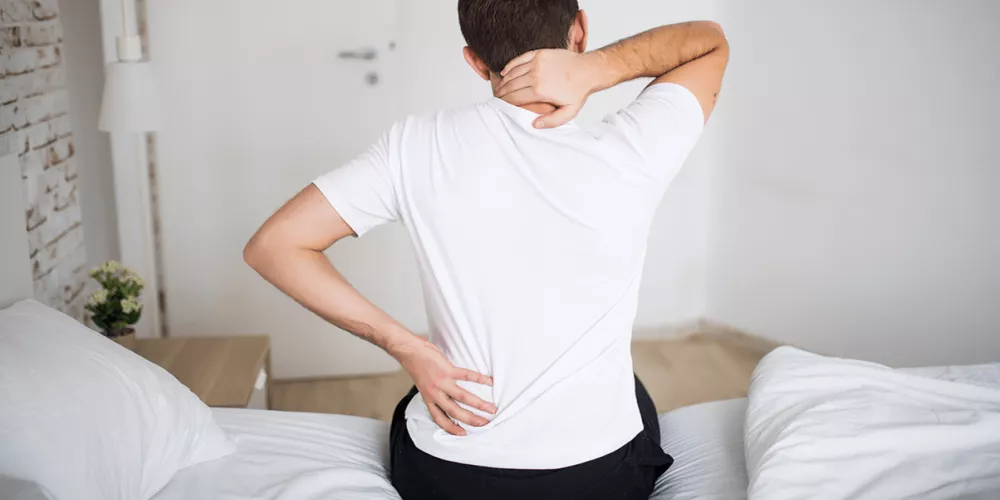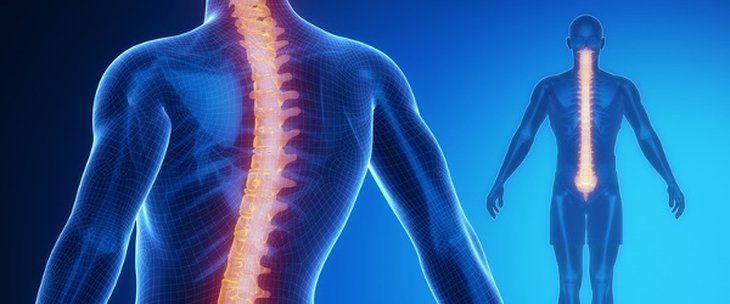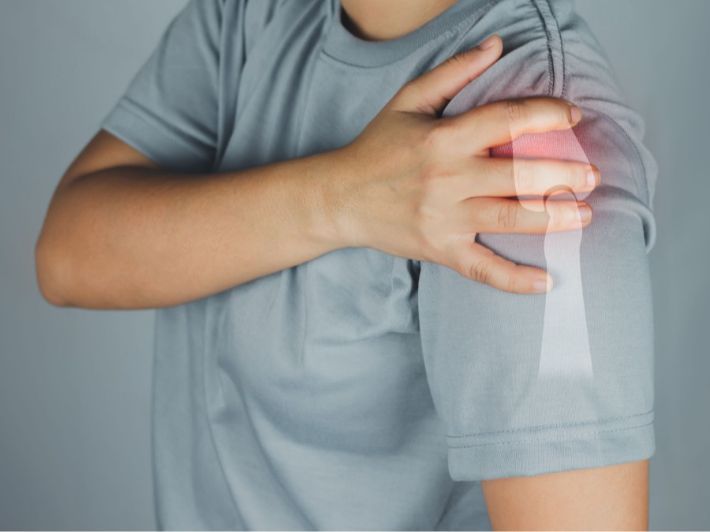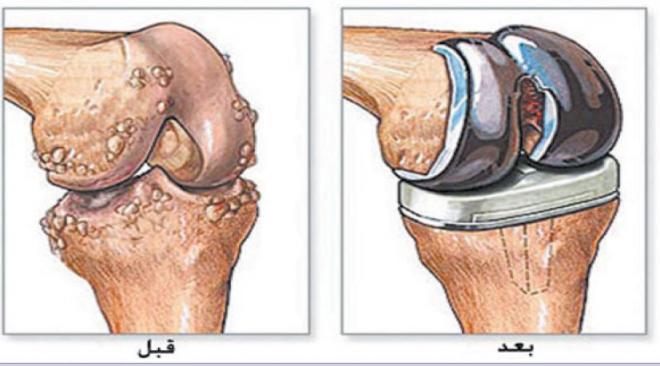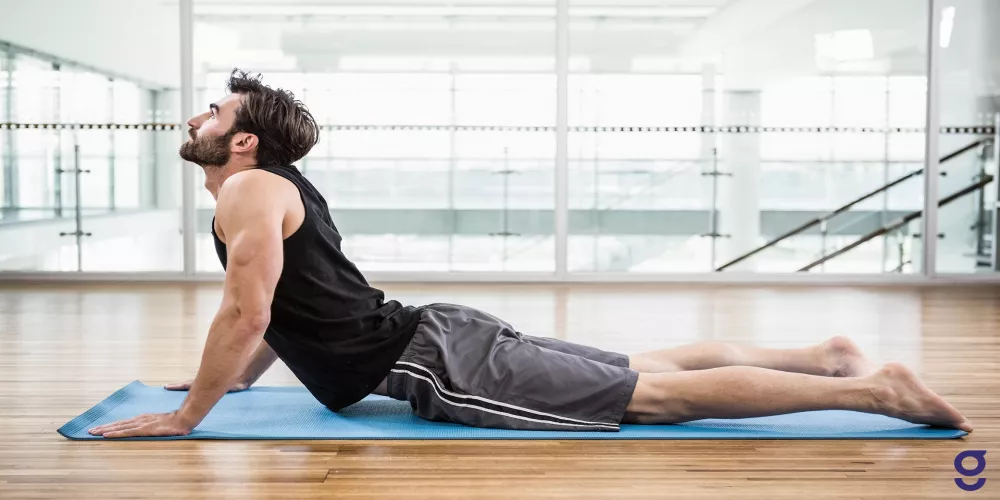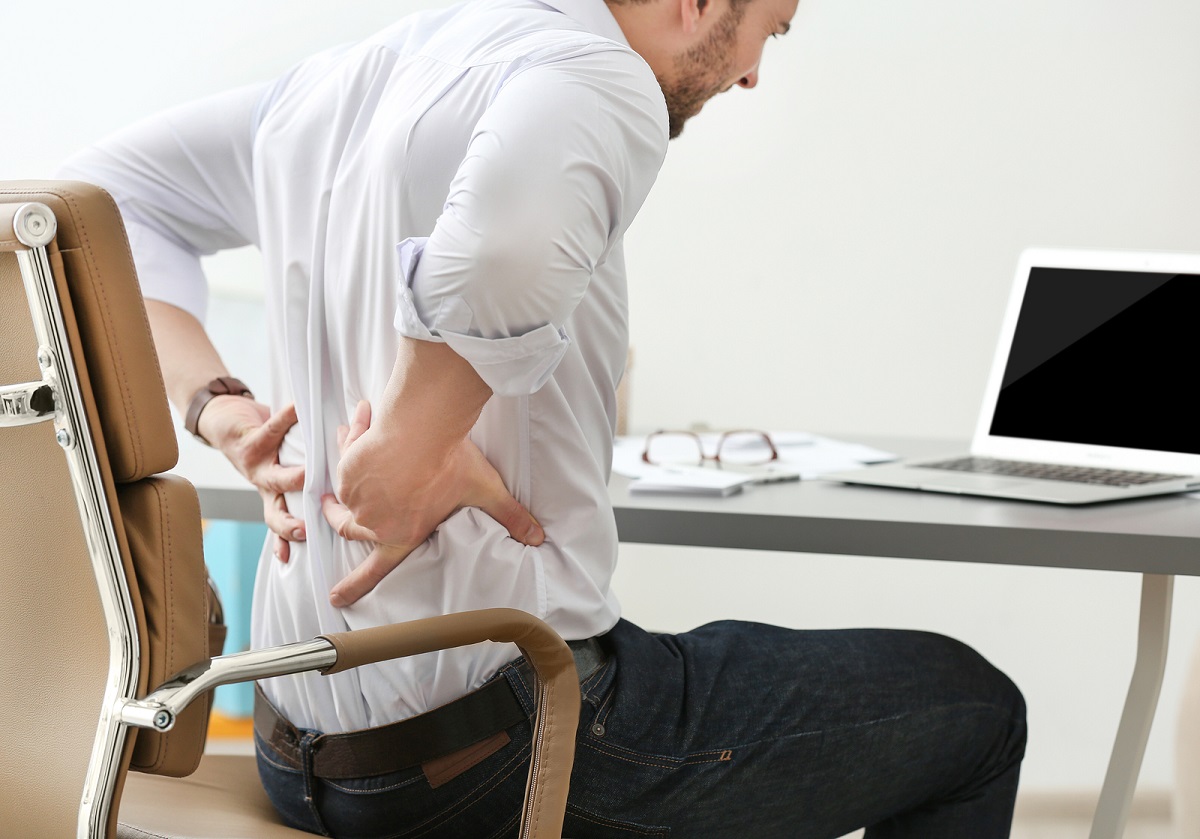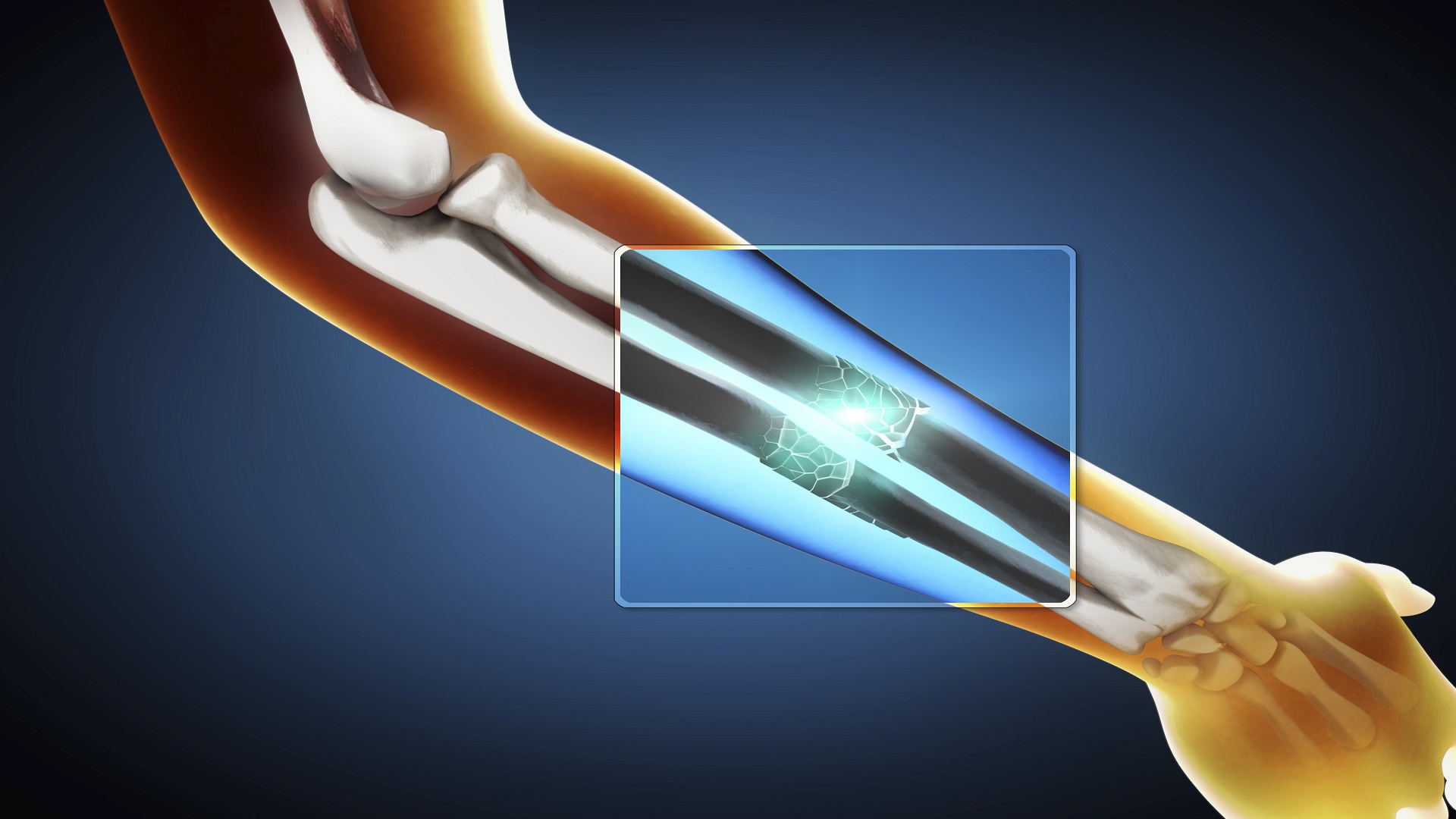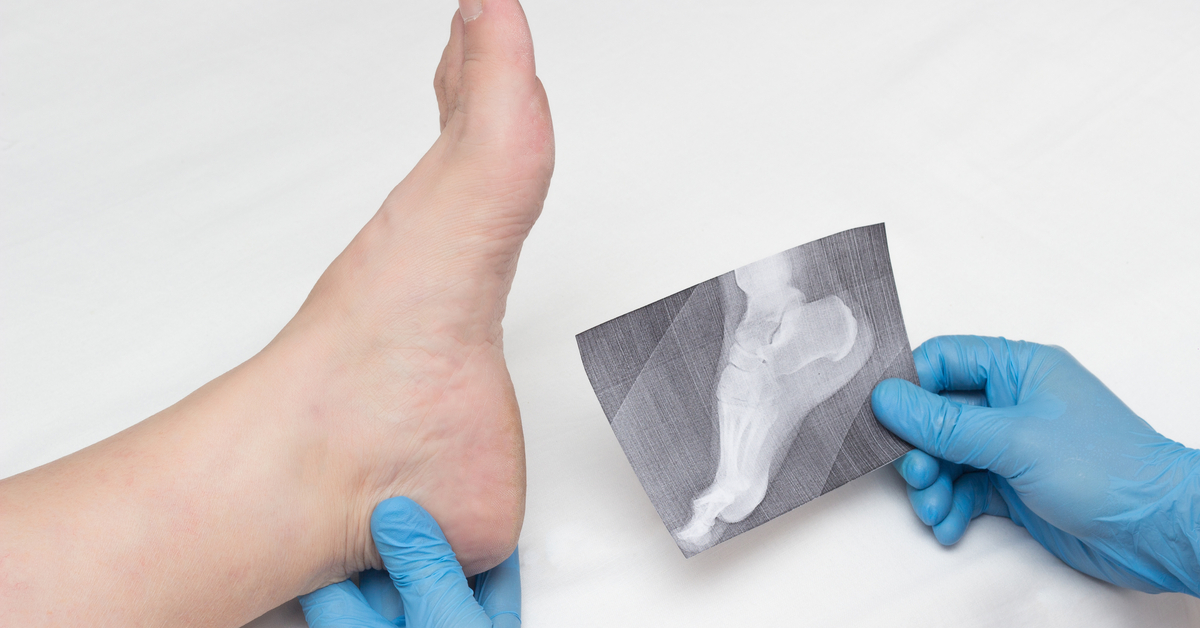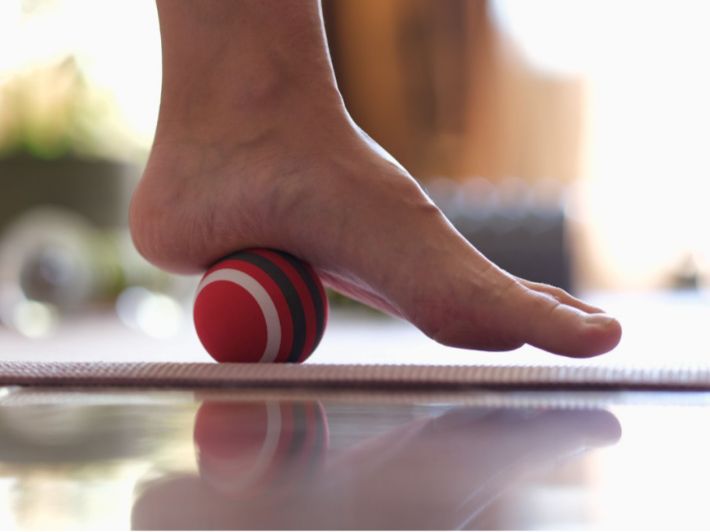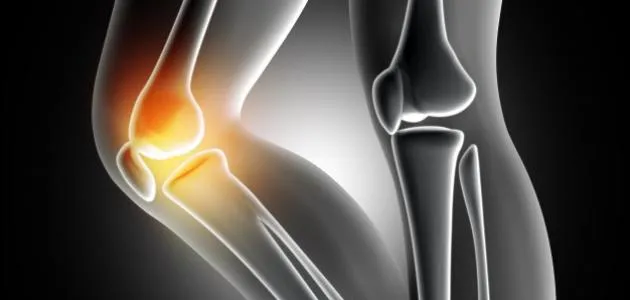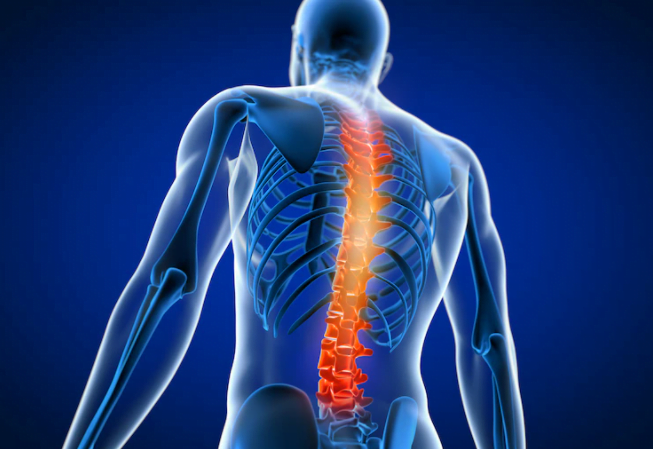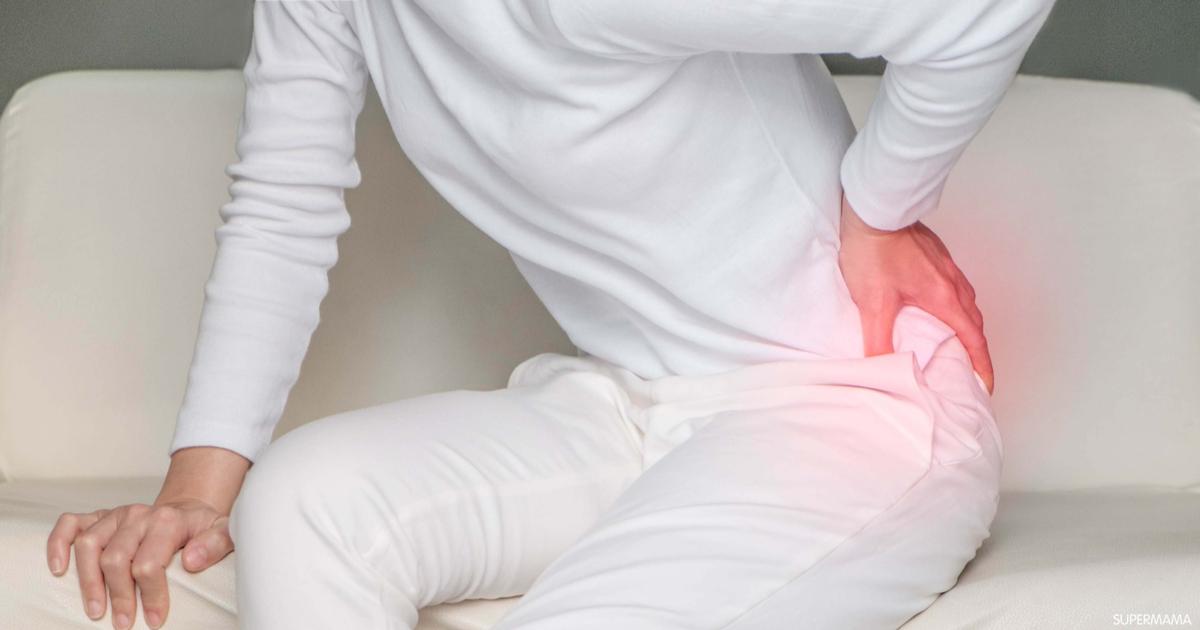Learn about the best treatment for back pain and how to treat it at home
Best Treatment for Back Pain
Back pain is a common problem that many people suffer from. If you are experiencing back pain, you may want to know the best ways to alleviate this annoying pain. In this article, we provide you with 5 effective methods for treating back pain.
- Medication: Medications can be an effective way to relieve back pain. You can use pain relievers such as paracetamol and non-steroidal anti-inflammatory drugs (NSAIDs) to reduce pain and inflammation. It is advisable to consult with a doctor before taking any medication.
- Physical Therapy Exercises: Physical therapy exercises are an effective way to treat back pain. You can perform exercises to strengthen the supportive muscles of the spine, such as abdominal and back exercises, to strengthen the muscles and reduce pressure on the spine. It is recommended to work with a physical therapist to perform the exercises correctly.
- Stretching and Relaxation Exercises: Stretching and relaxation exercises can help improve posture and reduce pressure on the spine. You can practice improving exercises such as yoga and Pilates to strengthen muscles and improve flexibility. In addition, you can use relaxation techniques such as meditation and deep breathing to reduce tension and improve comfort.
- Heat and Cold Therapy: Heat and cold therapy can be used to relieve back pain. Hot or cold packs can be applied to the painful area to reduce inflammation and relieve pain. It is advisable to consult a doctor to determine the appropriate heat or cold therapy for your condition.
- Posture and Movement Care: Proper sitting posture and correct movement are essential for preventing back pain. You should sit with a straight posture with proper support for your back and neck with suitable pillows. Also, avoid standing or sitting for extended periods without movement.
Before using any treatment method, it is recommended to consult with a doctor to determine the correct diagnosis and treatment. The doctor may suggest other treatment methods, such as surgery, in advanced cases. Remember that prevention and maintaining a healthy lifestyle can help avoid back pain.
How to Quickly Get Rid of Back Pain?
Amazing ways to quickly get rid of back pain:
Core Strengthening Exercises: The strength of the supportive muscles of the spine plays a crucial role in relieving back pain. Try deep abdominal strengthening exercises to strengthen your abdominal and back muscles. Lie on your back with a small book or cushion behind your head, then bend your knees and keep your feet flat on the ground. Lift your head and shoulders slightly and hold the position for a few seconds before returning to the original position. Repeat these exercises regularly to strengthen your back muscles and reduce pain.
Avoid Incorrect Postures: Sitting incorrectly for extended periods can lead to increased back pain. Try to correct your posture when sitting and standing by aligning your spine. Distribute your weight evenly on both legs and keep your back straight. You can also use back support pillows to maintain the correct posture during prolonged sitting.
Exercising and Pilates: Daily exercise enhances the strength of back muscles and reduces pain. Try engaging in suitable exercises such as walking and swimming. Additionally, try Pilates, which helps strengthen the body’s muscles and improve flexibility, thus reducing back pain.
Stretching and Flexibility Exercises: Perform some stretching and flexibility exercises targeting the back muscles to alleviate tension. You can do simple exercises like arm and neck stretches, as well as gentle body rotations. Ensure that you move slowly and avoid straining your body with painful movements.
Weight Management and Healthy Nutrition: Excess weight affects the spine and increases back pain. Maintain a healthy weight and follow a balanced diet that includes essential bone and muscle nutrients such as calcium and vitamin D.
Handling Heavy Lifting: Lift heavy weights properly by using the core strength of your body and distributing the weight evenly. Try to avoid lifting weights beyond a safe limit and use assistive tools like belts to reduce pressure on your back.
Visiting a Doctor or Physical Therapist: If back pain persists for a long time or becomes very bothersome, it’s best to consult a specialized doctor or physical therapist. They can assess your condition and guide you on exercises and other treatments that can help alleviate back pain.
How to Treat Back Pain at Home?
Back pain is a common issue that many people experience. While medical treatment may be necessary in some severe cases, there are several ways to alleviate back pain at home. Here are some of these methods:
- Lying on a Comfortable Surface: Although limited movement is not helpful for treating back pain as commonly believed, lying on a comfortable surface can help alleviate pain. A medium-firm mattress is preferred, and using pillows that support the spine is advisable.
- Topical Application of Medical Creams: Specialized massage with a medical cream in the painful area can be effective in relieving pain caused by muscle tension. Some creams contain pain-relieving ingredients like menthol, camphor, or lidocaine.
- Over-the-Counter Pain Medications: If back pain is due to inflammation or swelling, over-the-counter pain medications like non-prescription pain relievers can be used. However, it is recommended to consult with a doctor before taking any medication.
- Heat and Cold Therapy: Using cold packs on the affected area is effective in reducing inflammation and swelling of the spine, while the repeated use of hot packs can help alleviate pain in tight muscles and improve blood circulation.
- Exercise: Some exercises are beneficial in relieving back pain, such as exercises that strengthen the back and abdominal muscles, such as core exercises (e.g., Pilates), and gentle stretching exercises.
- Maintaining Good Posture While Sitting and Sleeping: It is recommended to sit and sleep in a posture that supports your back and maintains the alignment of your spine, such as using proper pillows and comfortable chairs.
- Maintaining a Healthy Weight: Excess weight puts extra pressure on the spine, increasing the likelihood of back pain. Therefore, it is essential to maintain a healthy weight through regular exercise and a balanced diet.
It’s important to note that these methods are considered helpful for relieving mild back pain, and consulting a doctor is advisable if the pain persists or worsens. For more information and guidance, it is recommended to visit a specialist doctor.
What Causes Persistent Back Pain?
Persistent back pain is a common issue that many people face in their daily lives. Continuous back pain can have negative health and social consequences, such as loss of workability or the need for medical care. Therefore, understanding the causes of persistent back pain is of paramount importance. In this article, we will outline some common reasons for persistent back pain:
- Arthritis: Arthritis can be a major cause of persistent back pain. Individuals may develop arthritis due to aging or genetic factors. Arthritis damages and inflames the joints, leading to continuous back pain.
- Spinal Disc Compression: Spinal disc compression occurs when the discs between the vertebrae are compressed. This can result in long-term severe back pain. Incorrect movements or excessive strain can contribute to this condition.
- Back Muscle Contraction: Continuous tension and overloading of the muscles can cause them to contract and spasm. Muscle contraction in the back is a common cause of persistent back pain. The pain arises from muscle spasms and an inability to relax.
- Tendon and Ligament Inflammation: Tendon and ligament inflammation can cause ongoing back pain. This inflammation may result from excessive stress on tendons and ligaments or repeated injuries. Individuals with this condition experience persistent discomfort in their backs.
- Sprains and Bruises: Severe sprains or traumatic bruises in the back can be a cause of continuous back pain. Damage resulting from these injuries can lead to unstable back pain over an extended period.
- Internal Organ Problems: Persistent back pain may also result from internal organ problems, such as stomach, kidney, or bladder issues. These problems can refer pain to the back, causing distressing discomfort.
If you have continuous back pain that negatively affects your daily life, it is advisable to consult a doctor for an evaluation. The appropriate treatment may be prescribed, or you may be referred to another specialist if there are other medical issues. Remember that prevention is always better than treatment, so try to avoid excessive stress and adopt a healthy lifestyle to maintain the health of your back.
Does Walking Help with Back Pain?
Does walking help with back pain? The answer might surprise you!
Are you experiencing back pain? Are you looking for natural and effective ways to alleviate this discomfort? Walking might be the ideal solution you’ve been searching for! While the ideal treatment for back pain can vary from person to person, walking can have incredible benefits in relieving this pain and improving your overall condition. Here are some reasons why walking can be beneficial for back pain:
- Strengthening and Stabilizing Back Muscles: Walking helps strengthen the muscles that support the spine and maintain its alignment. Consequently, it reduces gravitational pressure on the vertebrae and alleviates muscle tension.
- Increased Blood Flow and Oxygen: Walking enhances blood flow and oxygen distribution in the back area. This can contribute to reducing inflammation and promoting the healing process.
- Activating and Stretching Muscles: Walking can help activate and stretch specific muscles in the back, legs, and buttocks. This contributes to improving overall spinal flexibility and mobility in the lower back.
- Relieving Nerve Compression: Nerve compression can be one of the causes of back pain. Regular walking helps alleviate nerve compression and the associated pain.
There is no doubt that walking can help improve your condition and alleviate back pain. Moreover, walking is easily accessible and cost-effective. Additionally, it can be a healthy and enjoyable activity if you take leisurely walks outdoors or engage in long-distance walking with friends. So, try walking as a natural remedy for back pain and enjoy the health benefits this simple yet effective activity provides.
How Long Does It Take to Recover from Back Muscle Strain?
When a person experiences back muscle strain, it’s natural to want to know the duration of recovery and when you can return to your normal state. Although this can vary from person to person, there is some general information that can be helpful.
In most cases, back muscle strain is a common and painful injury resulting from the tearing of muscle fibers. According to research and medical sources, recovery from back muscle strain can be divided as follows:
- One to Two Weeks: In about 90% of patients, symptoms of the condition disappear, and strength and flexibility in the back are regained within a period of no more than two weeks from the start of treatment. Most patients experience significant improvement during this period.
- One to Three Months: While the vast majority of those affected regain their health within a short period, around 10% may require more time for complete recovery. Cases of severe muscle strain may take between one to three months before the person returns to their regular functions.
- Longer Than Three Months: There may be a very small percentage of individuals who suffer from stubborn and chronic muscle strain, and they may need extended periods of treatment, guidance, and medical exercises before they feel complete improvement.
It’s essential for those with back muscle strain to follow the guidance of doctors and medical specialists, as they can provide the necessary treatment and advice to expedite the recovery process.
How Can I Strengthen My Back Bones?
How Can I Strengthen My Back Bones? 10 Exercises to Strengthen the Spine
- Superman Exercise:
- Lie on your stomach with your arms extended in front of you and legs straight.
- Lift your arms and legs simultaneously while maintaining a straight body.
- Hold this position for five seconds, then return to the starting position.
- Repeat this exercise ten times.
- Spinal Roll Exercise:
- Lie on your back on an exercise mat.
- Bend your knees and lift them towards your chest, placing your hands under your knees.
- Hold onto your knees and gently pull them toward your chest to roll your spine.
- Return your knees to the original position and repeat the exercise ten times.
- Bridging Exercise:
- Lie on your back on an exercise mat.
- Bend your knees and raise your feet towards the ceiling.
- Cross your right knee over your left shoulder and gently pull it towards your left side.
- Return your knee to the original position and repeat the exercise on the other side.
- Repeat this exercise ten times for each side.
- Back Massage Exercise:
- Sit in a comfortable chair.
- Use your fingers or a ball to apply gentle pressure and massage your back from top to bottom.
- Slowly move across the back muscles for 5 minutes.
- Perform this exercise daily to improve blood flow and stimulate tissue growth in the back area.
- Back Bends Exercise:
- Stand upright and raise your arms above your head.
- Gently bend your body to the right until you feel a stretch in the left side muscles.
- Return your body to a straight position and repeat the exercise on the other side.
- Repeat this exercise ten times for each side.
- Bridge Exercise:
- Lie on your back on an exercise mat with your knees bent and feet flat on the ground.
- Lift your hips towards the ceiling and tighten the lower back muscles.
- Hold this position for five seconds, then return to the lying position.
- Repeat this exercise ten times.
- Shoulder Shrugs Exercise:
- Gently shrug your shoulders towards your ears.
- Continue to raise your shoulders until you feel a stretch in the muscles around your neck and back.
- Hold this position for ten seconds, then relax.
- Repeat the exercise ten times.
- Side Stretch Exercise:
- Stand upright and raise your arms above your head.
- Gently bend your body to the right until you feel a stretch in the left side muscles.
- Return your body to a straight standing position and move to the other side.
- Repeat this exercise ten times for each side.
- Plank Exercise:
- Lie on your stomach and support your body with your toes and forearms on the floor.
- Lift your body off the ground so that it forms a straight line with your legs.
- Hold this position for 30 seconds, then relax.
- Repeat the exercise three times.
- Vertical Stretch Exercise:
- Stand in front of a vertical surface like a wall.
- Hold onto a door handle or wall surface and gently lean your body forward.
- Ensure that your torso remains straight and your heels are anchored to the ground.
- Hold this position for 30 seconds, then relax.
- Repeat this exercise three times.
Please note that before performing any exercises, it is important to consult with a doctor to determine if these exercises are suitable for your individual health condition. Respecting personal limits and individual customization is crucial for achieving the appropriate results and maintaining your safety.
Does Salt Cause Lower Back Pain? – Everything You Need to Know
The accumulation of salts in the kidneys is a common health issue that many people experience. Some may wonder if this excess salt could cause lower back pain. In this article, we will explore this issue in detail and shed light on the potential relationship between salt and back pain.
What is Back Pain? Back pain is a common health problem experienced by many people. It can manifest as recurring pain in the lower back region.
The Role of the Kidneys The kidneys are responsible for filtering the blood and removing waste and salts from the body. Accumulations of salts in the kidneys can occur due to various factors.
Salts and Lower Back Pain Some believe that an increase in salts in the kidneys could play a role in causing pain in the lower back. It is suggested that salt accumulation may irritate the nerves and tissues surrounding the kidneys, potentially leading to back pain.
However, it’s important to note that salts are not the sole factor influencing lower back pain. Other factors may be associated with back pain, such as spinal problems or nerve compression.
Prevention and Relief of Back Pain Consuming an adequate amount of water is important to avoid salt accumulation in the kidneys. It is recommended to drink 8-10 cups of water daily.
Avoiding salty foods, such as processed and fast foods, can also help reduce salt intake.
Engaging in appropriate exercise routines to strengthen core muscles and improve spinal flexibility can be beneficial.
Consulting a healthcare professional to diagnose and treat any health issues related to the back is essential.
While there are no specific studies confirming that salt accumulation directly causes lower back pain, increased salt deposits in the kidneys can impact the health of the nerves and tissues surrounding the kidneys, potentially leading to irritation and back pain. General health prevention and care should be the primary approach to avoid health problems related to salts and back pain.
Does Inactivity Cause Back Pain?
Back pain is a common health issue experienced by many people, and lack of physical activity and exercise can play a significant role in its development.
Inactivity contributes to muscle atrophy and the degeneration of spinal discs. Failing to engage in physical activity leads to weakness in the muscles that support the spine and maintain its stability. This can eventually increase the risk of developing lower back pain.
In addition, lack of movement can lead to excessive stress on the spinal vertebrae, increasing the pressure on the intervertebral discs between the vertebrae. This can result in nerve irritation and lead to lower back pain.
Lower back pain may become chronic in individuals with a sedentary lifestyle because nerve signals for pain continue to be transmitted continuously without interruption. This delays the activation of spinal nerves and increases the severity of back pain.
If you are experiencing lower back pain due to lack of movement, here are some tips that can help alleviate the pain:
- Engage in suitable exercises: Perform specific exercises that help strengthen the back muscles and improve flexibility, such as brisk walking, swimming, cycling, and core-strengthening exercises.
- Maintain good posture: Review your sitting and sleeping posture. Ensure that your back remains straight, and use appropriate pillows to support your back while sitting or sleeping.
- Avoid lifting heavy weights: Try to avoid lifting excessively heavy objects, and if there is a need to lift something heavy, use proper lifting techniques, such as bending your knees and using leg muscles.
- Massage your back: Massaging can help relieve tension and muscle spasms, thus reducing back pain.
- Start slowly and regularly: If you do not exercise regularly, start with a small amount and gradually increase your endurance. Do not exceed your physical capabilities, and continue exercising regularly.
Lack of movement can be a contributing factor to back pain, so it is essential to focus on strengthening and maintaining the flexibility of the back muscles. Engage in appropriate physical exercises and adopt healthy sitting and sleeping habits. Do not hesitate to consult a healthcare professional if the pain persists or worsens.
Do Cold Packs Relieve Back Pain?
Back pain is a common health issue experienced by many people, and when a person experiences back pain, they seek ways to alleviate it and increase comfort. Cold packs are believed to be one of the preferred methods to relieve back pain. Is this true? Do cold packs genuinely alleviate back pain? Let’s find out in this article.
Yes, safe and effective use of cold packs may help relieve back pain. According to reports and medical experts, cold therapy provides some relief in certain cases, especially when pain is associated with swelling or tissue inflammation.
To get the most benefit from cold packs, it is recommended to follow these tips:
- Start early: It is preferable to use cold packs on the back within the first 24 hours of experiencing pain symptoms, as cold application helps reduce inflammation and swelling.
- Use appropriate application methods: Place ice in a plastic bag and wrap it in a cloth to avoid skin peeling or irritation. Then apply the cold pack to the painful area for 15-20 minutes two to three times a day.
- Avoid direct skin contact: It is advisable to use a cloth between the cold pack and the skin to protect sensitive tissues from freezing or adverse skin effects.
- Continue cold pack treatment: Cold packs can be used for 2-3 days or until pain and swelling improve. Maintain communication with a doctor if the pain persists or symptoms worsen.
However, it is essential to note that in some cases, cold therapy may not be helpful or may have side effects. For instance, if the pain is chronic and not related to swelling, heat therapy may be more beneficial. Therefore, it may be better to consult a specialized physician to assess the condition accurately and choose the appropriate treatment.
Heat therapy may involve the use of hot water bags or taking a hot bath with the addition of some soothing herbs. However, caution should be exercised not to use heat in unsafe ways or for extended periods, as it may exacerbate the condition or cause skin damage.
It’s essential to remember that if severe pain persists or symptoms worsen, you should visit a specialist doctor for a precise evaluation and guidance toward appropriate treatment.
How to Distinguish Between Back Muscle Pain and Spinal Pain?
Many individuals suffer from back pain, and sometimes it can be challenging to determine the cause of this pain. Pain in the back can result from muscle strain or be due to a problem with the spine and spinal discs. If you want to know how to distinguish between pain caused by muscle tension and pain resulting from a spinal issue, here are some things that can help:
- Pay attention to the type of pain:
- If the pain is constant, aching, and does not change with changes in your body position, it may be due to muscle strain in the back.
- If the pain increases with movement or when bending the back or sitting for extended periods, it may be due to a spinal problem.
- Notice accompanying symptoms:
- If there is muscle tightness and difficulty in movement, the pain may be due to muscle strain.
- If there is radiating pain that extends to the legs or arms or tingling in the extremities, it may indicate a spinal issue.
- Use medical history:
- If you have a previous history of spine problems or have been diagnosed with a specific spinal issue, the pain is more likely to be related to spinal problems.
- If you are experiencing muscle tension due to stress or lack of physical fitness, the pain is likely due to muscle strain in the back.
- Consult a doctor:
- If you are still unsure about the cause of the pain, it is advisable to consult a doctor to determine the accurate diagnosis and receive appropriate treatment.
Distinguishing between back muscle pain and spinal pain can be challenging at times, especially if the symptoms are similar. However, using these tips can provide you with an initial idea about the cause of the pain. Do not hesitate to consult a doctor to confirm the diagnosis and receive suitable treatment.
